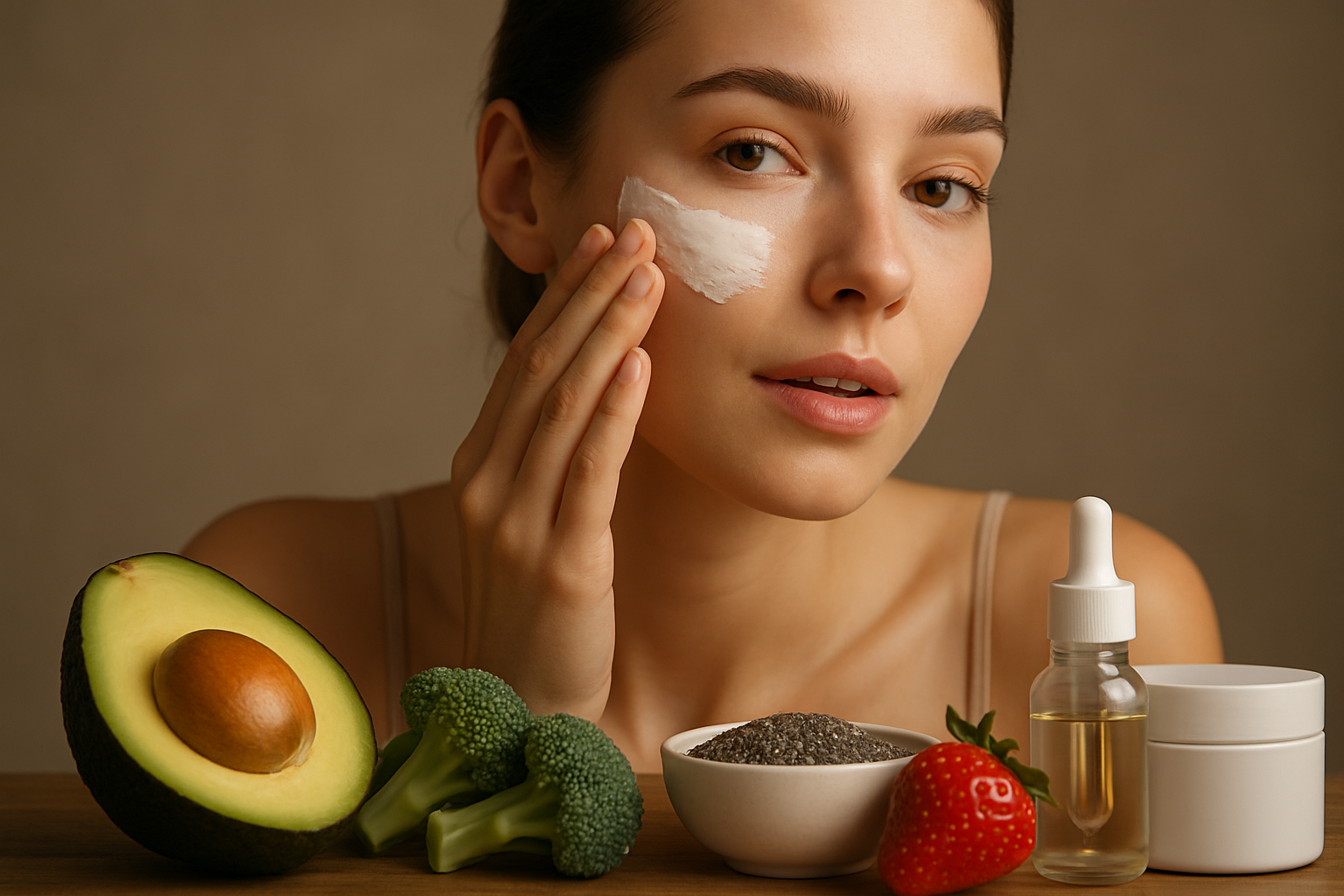Understanding Causes and Recovery Steps for Skin Bruising
Skin bruising is a common response to injury when small blood vessels under the skin break, causing discoloration and tenderness. This overview explains typical causes, how the body clears pooled blood, and practical recovery steps you can use at home to support healing and reduce discomfort while monitoring for warning signs.

This article is for informational purposes only and should not be considered medical advice. Please consult a qualified healthcare professional for personalized guidance and treatment.
What causes a contusion or ecchymosis?
A contusion, often called a bruise, occurs when blunt force damages tiny blood vessels beneath the skin. Ecchymosis is a related term describing the visible discoloration as blood spreads in the tissue. The initial color change reflects hemoglobin breakdown; later stages show green and yellow hues as the body metabolizes blood cells. Typical causes include falls, collisions, or pressure from tight clothing. Age, medications that affect clotting, and certain medical conditions can increase susceptibility to bruising and should be noted during assessment.
When is a hematoma a concern and how to assess it?
A hematoma is a larger localized collection of blood that can feel like a raised lump and may cause more pain than a simple bruise. Assess whether the area is growing rapidly, extremely painful, unusually warm, or reducing limb function. Also check for systemic signs such as fainting, dizziness, or persistent bleeding. If a hematoma is deep, near a joint, or compressing nerves or blood flow, medical evaluation is advisable. Simple home observation is appropriate for small, stable hematomas, but seek care if you have any doubt.
How do inflammation and circulation affect healing?
Inflammation is the body’s initial response to tissue injury; it brings immune cells and nutrients that start the repair process but can cause swelling and discomfort. Good circulation supports removal of cellular debris and delivery of oxygen and nutrients that speed healing. Gentle movement promotes circulation without aggravating the injury. Conversely, persistent swelling or compromised blood flow can delay recovery, so elevated rest and monitoring are important until normal mobility returns and inflammation subsides.
What home treatments help recovery: cryotherapy and compression?
Short-term cryotherapy (cold packs applied for 10–20 minutes) reduces inflammation and limits blood pooling in the early hours after injury. After 48–72 hours, switching to warm compresses can promote circulation and healing. Compression with an elastic wrap can limit swelling and support tissue but should not be so tight as to impede circulation. Elevation of the injured area above heart level further reduces swelling. These measures—rest, ice, compression, elevation—form a practical foundation for early selfcare.
How can nutrition and skincare support healing?
Nutrition plays a supportive role in healing. Adequate protein, vitamin C, zinc, and iron support tissue repair and collagen formation; staying hydrated aids circulation. Topical skincare measures focus on protecting the skin as it recovers: keeping the area clean, avoiding harsh scrubs, and using gentle moisturizers to maintain barrier function. Some topical preparations claim to reduce bruising appearance, but evidence varies; consult a clinician before applying new products to broken skin.
What prevention and selfcare steps reduce future bruising?
Preventive steps include improving home safety to reduce trips and falls, wearing protective clothing for contact activities, and reviewing medications with a clinician to understand bleeding risk. Strength and balance exercises can reduce incidence of accidental impacts. For those with frequent unexplained bruises, a medical assessment is important to check for clotting disorders or other underlying issues. Regularly reassess how you care for minor injuries—gentle cold therapy early, followed by warmth and controlled movement—supports optimal recovery.
Conclusion Recognizing the differences among contusion, ecchymosis, and hematoma helps guide appropriate assessment and care. Early measures—controlled cryotherapy, compression, elevation, and later heat and movement—support healing and circulation, while nutrition and sensible skincare aid tissue repair. Persistent, large, or unexplained bruises warrant professional assessment to rule out underlying concerns and ensure safe recovery.




